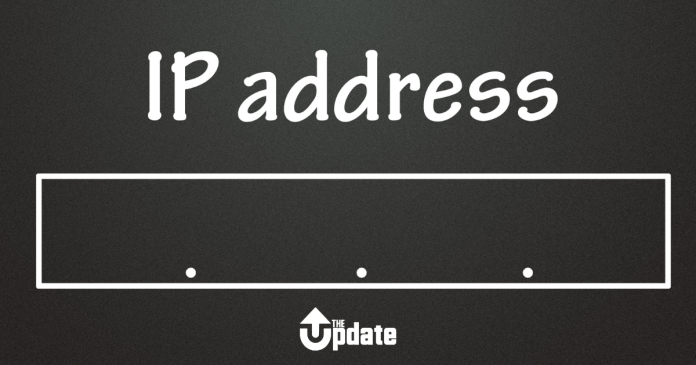IP (Internet Protocol) addresses are unique identifiers for devices connected to a network. They are classified into Private and Public IP addresses, each serving different purposes in networking.
1. Private IP Address
- Definition: A Private IP address is used within a local network (LAN) to identify devices like computers, smartphones, printers, etc. These addresses are not accessible from the internet.
- Key Features:
- Used for internal communication within a network.
- Assigned by routers or devices using Dynamic Host Configuration Protocol (DHCP).
- Cannot be accessed directly from outside the local network.
- Private IP Address Ranges:
- Class A: 10.0.0.0 to 10.255.255.255
- Class B: 172.16.0.0 to 172.31.255.255
- Class C: 192.168.0.0 to 192.168.255.255
- Examples:
- 192.168.0.1 (used for home routers).
- 10.0.0.5 (common in corporate networks).
2. Public IP Address
- Definition: A Public IP address is globally unique and assigned to a device to enable it to communicate over the internet.
- Key Features:
- Used for external communication between networks/devices on the internet.
- Assigned by Internet Service Providers (ISPs).
- Can be static (fixed) or dynamic (changes periodically).
- Examples:
- 203.0.113.1
- 198.51.100.23
3. Key Differences
| Feature | Private IP Address | Public IP Address |
|---|---|---|
| Scope | Local Network | Global Internet |
| Access | Cannot access devices outside the network | Can communicate with devices on the internet |
| Assignment | Assigned by routers or local admins | Assigned by ISPs |
| Uniqueness | Not globally unique | Globally unique |
| Example Usage | Home, office, or enterprise networks | Websites, servers, internet devices |
| Cost | Free (no cost) | Often involves costs (via ISPs) |
4. Practical Applications
- Private IPs:
- Used in homes, offices, and enterprises for connecting devices within a secure network.
- Examples: Connecting laptops, smart TVs, and printers within a Wi-Fi network.
- Public IPs:
- Used for accessing websites, hosting servers, or other internet-based services.
- Example: Browsing websites or setting up an email server.
5. Security
- Private IPs: More secure as they are not directly exposed to the internet. Often paired with NAT (Network Address Translation) for internet access.
- Public IPs: Less secure as they are accessible over the internet, requiring firewalls and additional security measures.
Conclusion
Private and Public IP addresses work together to enable seamless communication between devices in local networks and the internet. Private IPs ensure efficient use of IP address space within local networks, while Public IPs make global internet communication possible.



